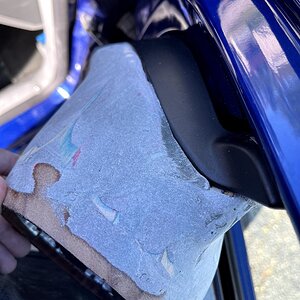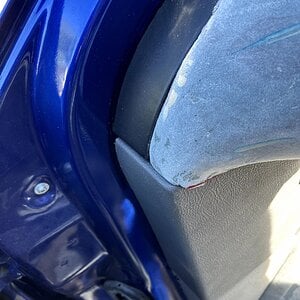Rashaddd 5,000+ posts
Terrrrrist
I understand what you're trying to say, its argueable, I just don't think it logically or practically applies. Its like saying if I see a fire I can feel warmth. Or if i can feel air then its visible. Hearing, seeing, feeling, tasting, smelling, etc are all things our body can can do which help it to process and understand the world around us. They help us to 'detect' what is going on. However, they are all still seperate, and limited. Hearing, is when your brain picks up signal from your ear and tells you its sound and interprets it. When your brain picks up the signal of feeling 10hz and interprets it as sound, it doesn't mean you can hear it, it means just that, you can feel it.I think you don't understand the power of the human brain and you're confusing the limits of hearing with the brain instead of the ears. Your brain doesn't have a problem processing a 20hz signal but it needs proper SNRs to do it. Your ears have a frequency response associated with them just like any analog component (amps, speakers, motors, ect...) and they limit one part of hearing. Your brain is a logic based processor that can logically assess what signals are being sent and where they're coming from.
Hearing 20hz and below is all about getting a signal with large enough amplitude to the brain to process. Your ears help as they can still react to these low frequencies but without being able to accurately judge tonality (which basically means that 12hz will be hard to tell apart from 10hz). This doesn't mean that you can't understand that there is a signal but deciding which signal it actually is will be skewed.


